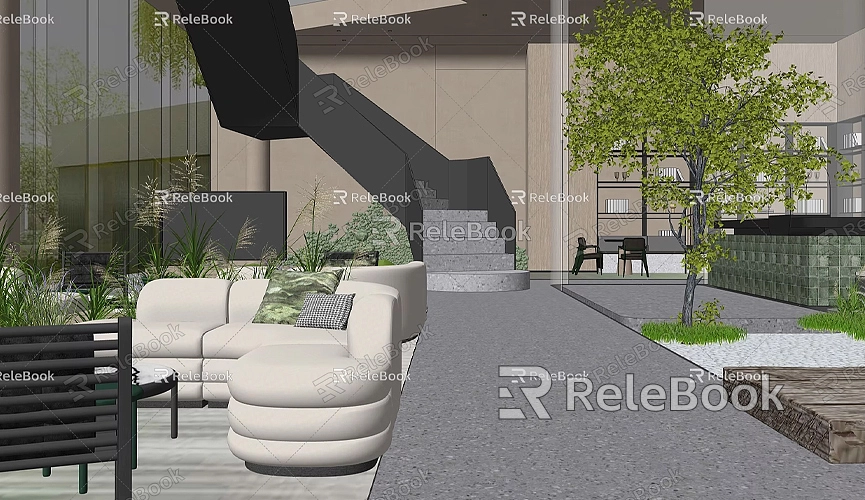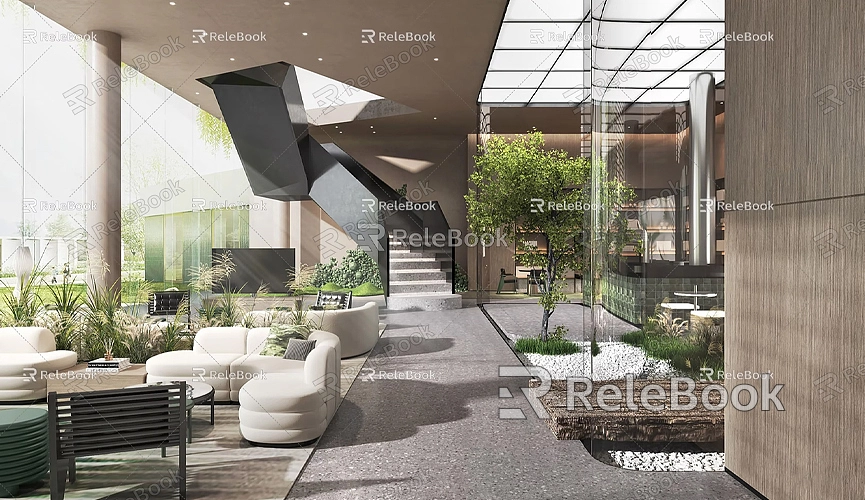How to Convert a 3D SketchUp Model to Rhino
In fields like architecture, interior design, and industrial design, 3D modeling tools are essential. SketchUp and Rhino are both popular 3D modeling software that attract many designers due to their unique features and functionalities. Sometimes, you may need to import a SketchUp model into Rhino for further editing and optimization, which requires format conversion. This article will detail how to convert a 3D SketchUp model to Rhino, enabling seamless integration between the two software programs.
Why Convert SketchUp Models to Rhino?
Understanding the need to convert SketchUp models to Rhino is crucial. SketchUp is known for its user-friendliness and rapid modeling capabilities, making it ideal for beginners and designers who need to quickly create concept models. However, Rhino excels in precision modeling and complex surface handling, making it suitable for projects that require higher accuracy and a diverse set of tools. By importing SketchUp models into Rhino, you can continue detailed editing, add complex surface designs, and even prepare for 3D printing.

This conversion process is common in workflows, especially when multiple software programs are involved. Mastering how to import SketchUp models into Rhino without loss will greatly enhance your workflow efficiency and design flexibility.
Steps to Convert SketchUp Models
To successfully convert a SketchUp model to Rhino, follow these steps. While the process is straightforward, be mindful of certain details during the conversion to avoid issues when importing.
Prepare the SketchUp Model
Before proceeding with the format conversion, prepare your model in SketchUp. First, check that your model is clean and free of unnecessary lines and faces. Complex models can cause slow performance or errors when importing into Rhino, so it's advisable to clean up your model first.
Use SketchUp's "Purge Unused" tool to quickly remove unused materials, components, and layers, making the model lighter and easier to import into Rhino.
Export the SketchUp Model in a Compatible Format
Since SketchUp and Rhino use different file formats, you'll need to export the SketchUp model in a format that Rhino recognizes. SketchUp saves files in `.skp` format by default, while Rhino primarily uses `.3dm` format.

You can use SketchUp’s "Export" function to save your model in compatible formats like `.dae` (Collada), `.obj`, `.fbx`, or `.dwg`. These formats are recognizable and importable in Rhino. Typically, `.dae` and `.obj` are recommended because they better retain model details and material information.
When exporting, it’s advisable to select a high-quality setting to ensure the model imports into Rhino as complete and accurate as possible. You can also consider reducing exported details to maintain an appropriate import speed and file size.
Import the Model into Rhino
Open your exported file in Rhino by clicking "File" -> "Import," then select the file you just exported from SketchUp. Rhino will display an import settings window, allowing you to adjust options such as units, scale, and axis orientation.
Make sure the import units match those used in SketchUp; otherwise, the model may be misscaled. For example, if you used meters in SketchUp, you should also select meters when importing into Rhino. During the import process, Rhino will automatically convert the model format, enabling you to edit it.
Check and Repair the Model
After the import is complete, check the model for integrity and accuracy. If you notice any missing details or incorrect material displays, you can manually repair them. For instance, you may need to reassign materials or adjust surfaces.
Rhino's powerful tools can help you enhance the model further, such as using NURBS surface tools to add detail or employing the "Join" tool to connect disjointed geometries. For complex surfaces and structures, Rhino's editing capabilities far exceed those of SketchUp, which is why many designers choose to import models into Rhino for further optimization.
Use Plugins for Seamless Conversion
If you frequently convert between SketchUp and Rhino, consider using third-party plugins and software to streamline the process. Some plugins allow Rhino to open `.skp` files directly, eliminating the need for intermediate conversion steps. For example, `Transmutr` and `Skimp` can quickly simplify and convert SketchUp models to multiple formats that are compatible with Rhino.
These tools can save time and reduce errors that may arise during format conversion. However, note that most of these plugins are paid, so it’s wise to trial them first to see if they meet your needs.
Optimize the Imported Model
The imported model may require further optimization, especially for complex projects. Simplifying polygon counts, adjusting materials, and repairing defects can enhance model performance in Rhino.
If you need high-quality 3D textures and HDRIs while creating models and virtual scenes, you can download them for free from [Relebook](https://textures.relebook.com). For exquisite 3D models, check out [Relebook](https://3dmodels.relebook.com), which offers a large selection of quality resources. These assets can further enhance your models and improve design effects.
Common Issues and Solutions
During the conversion process, you might encounter common issues such as mesh errors, lost materials, or incorrect scaling. To resolve these problems, you can:
- Ensure unit settings in SketchUp and Rhino are consistent.
- Try different export formats to find the most suitable one.
- Simplify the model in SketchUp before exporting.
- Use Rhino's repair tools to manually fix issues within the model.
Converting SketchUp models to Rhino is a valuable skill that enables you to switch seamlessly between two powerful modeling tools. By adequately preparing, choosing the right export format, and making necessary adjustments in Rhino, you can easily achieve model conversion. Once you master this process, you'll be more proficient in architectural, interior, or industrial design projects.
To further enhance your design outcomes, consider downloading high-quality 3D resources from Relebook to enrich your model's expressiveness. Relebook offers a wide variety of options for designers, whether you need stunning 3D models or high-quality textures and HDRIs to meet various project requirements.

